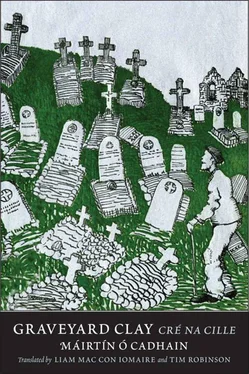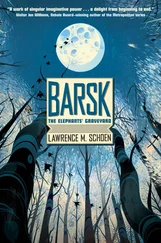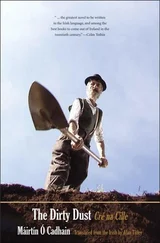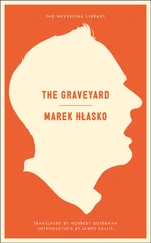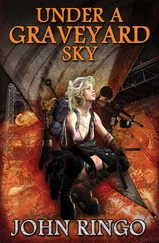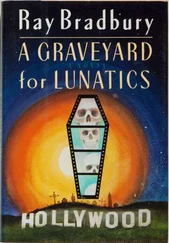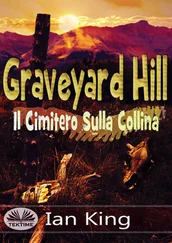The initial reaction to Cré na Cille must be measured carefully, however, against the constraints of literary and periodical journalism of the day. Several analyses exist, in English and in Irish, of critical responses to the publication in book format of the text. 35As the publication was only made generally available in March 1950, the considered reviews of critics such as Tomás Ó Floinn (April 1950), Daniel Corkery (May 1950), and David Greene (May 1950) must be regarded as relatively rapid responses to editorial demands. In that light, the quality of insight demonstrated by all three of these critics stands the test of time, by and large, although it is fair to say that all three reviews tell us as much about the critical culture of the time as they do about the actual text. Gearóid Denvir, of a younger generation of critics, suggests that the text is “an acerbic, satiric and darkly comic depiction of some of the rather less pleasant side of human nature, told with earthy, Rabelaisian humour.” 36
The temptation to read Cré na Cille as a faithful record and authentic representation of contemporary Gaeltacht life still features in criticism now, as it did then. Breandán Ó Doibhlin, however, in his reappraisal of the novel in 1974, makes a particular study of the comedic aspects of the text. He downplays the role of satire and any sense that the purpose of the novel is a realistic depiction of Gaeltacht communities, and sees Cré na Cille as a general statement about the human condition, enabled by laughter and filtered through humour (translated from the Irish): “To tell the truth, this novel is a prime example of the comedic genre . Máirtín Ó Cadhain chose his subject so meticulously that he has been accused of sordidness (suarachas); his characters can only talk about parish gossip, futile disputes about the GAA [Gaelic Athletic Association] and the Treaty, backbiting and petty jealousy of the meanest kind…. The author avoids any kind of subject — pity, affection, idealism — that would interfere with laughter, because the reader must not have any empathy with the character.” 37
The Graveyard
The geographic location of Cré na Cille is fixed very much in the author’s own Cois Fharraige in south Conamara during the Second World War, a generation after partition and independence, during the Emergency, as World War II was called in Ireland. The characters are a motley collection of locals, including some who were in real life killed by a German mine that drifted ashore in Cois Fharraige in June 1917, and some victims of a typhus epidemic in the Spiddal area in the winter of 1942. There are also a couple of stray corpses like Dotie, the woman from East Galway who moans longingly for the lush green plains where she wished to be buried, and the French pilot whose plane came down in Galway Bay and who is now learning Irish from the local corpses.
The French airman may be regarded as a rather exotic species in the graveyard, but it has been argued that he “is a reminder that Ireland has made itself marginal to the fight against continental European fascism.” 38An attempt has also been made to identify a real-life source for the character: Pilot Officer Maurice Motte alias Remy of the Free French forces, who was interned in the Allied Officers’ section of the Curragh Military Camp, having landed in County Waterford in June 1941 after running low on fuel. 39Whether the character had a basis in reality is an interesting question in itself, but he is a representative of an external dimension and wider world beyond the graveyard, Conamara, and Ireland itself.
The graveyard is divided into three sections—Áit an Phuint (the Pound Place), Áit na Cúig Déag (the Fifteen-Shilling Place), and Áit na Leathghine (the Half-Guinea Place), and commentary on the social status of each section is supplied on the hustings before the graveyard election. Locating the graveyard in that context offers multiple possibilities for informed historical, political, and sociocultural criticism. The discourse in general reflects the passions, anxieties, and preoccupations of an intimate rural community, warts and all. Land, social status, love, lust, greed, and visceral hatred all feature strongly in the exchanges, extending the significance of the text beyond temporal and regional contexts.
The Story
The action, which is nearly all verbal, is helped along by the regular arrival of fresh corpses, bringing fresh news from the world above. Many of the characters can be identified only by their recurring peculiarities of speech, thus focusing attention on the characters themselves. In a lecture Ó Cadhain delivered to Cumann Merriman the year before he died, he said (in translation): “The most important thing now in literature is to reveal the mind, that part of a person on which the camera cannot be directed. Speech is much more capable of this than observations about his clothes, his complexion…. It is not what covers a person’s skin that is important, or even the skin, but that which he is walking about with inside his head. We know more about the stars in the firmament than about what’s going on under that small skull beside you.” 40
As to where the idea for Cré na Cille came from, Ó Cadhain went on to say:
When I was released from the prison camp I was at home that winter. A neighbouring woman died during the short dark days around Christmas. There was a deluge of rain and sleet so that the grave couldn’t be dug until the day she was being buried. Five or six of us went to dig it, so as to hurry the job. We dug up two graves but didn’t find the right coffins. The map of the graves was sent for but it was like a child doing sums in the ashes on the hearth. It was late in the day and the funeral would soon be upon us. We said we’d dig one more grave and that would be it. On our way home one of my neighbours said: “Do you know where we sneaked her in eventually,” he said, “down of top of a person whom I will call Micil Rua.” “Oho!” said another, “there will be some grammar there alright!” 41
The story (or stories) is in ten parts described as interludes ( eadarlúidí ). The dialogue is augmented by snippets of verse, occasional parodies, and the distinctive passages uttered by Stoc na Cille , the Trump (Trumpet) of the Graveyard, at the beginning of interludes 3 to 8, which then peter out into textual insignificance.
Critical opinion on these distinctive passages varies from complete dismissal to wondrous admiration, but there is general agreement that the prose is markedly denser and intentionally metaphoric, and appears to have no discernible impact on the graveyard inhabitants.
Daniel Corkery criticised these passages as an extraneous romantic affectation, an attempt by Ó Cadhain to add depth to the narrative. 42“Rather purple punctuation marks” is how Breandán Ó hEithir chooses to describe the Trump’s exclamatory pronouncements, 43and a combination of “Father Time” and the Fates is another surmise. 44Concepts of playfulness, 45mockery, 46and practical jokes 47are also alluded to. But more serious intent is posited by scholars who note the development of death as a primary motif in the passages: “dreochan atá i saol na mbeo” 48(living is but decaying), and “dreo an fhómhair agus reo an gheimhridh” 49(decay of autumn and freeze of winter). “The Trumpeter adds a further dimension to the work,” says Ailbhe Ó Corráin. “His is the only contemplative voice. It is he who introduces the central themes of regeneration and decay and gives the work much of its suggestive power. You might say that he brings a little gravity to the grave.” 50Róisín Ní Ghairbhí also argues that Stoc na Cille provides a marked contrast to the dialectal exchanges of the graveyard and seeks to offer an alternative model of authority, parallel to the graveyard chatter. 51Declan Kiberd has described Stoc na Cille as “an entirely playful, ironical invention” that functions as “a debunking of the cult of the author.” 52Joan Trodden Keefe argues for the validity of several purposes for these passages, which are “clearly satiric” in her view and could possibly be based on “a parody of the ‘Bugle’ and ‘Loudspeaker’ announcements of the Curragh, where the voice of authority is ever-present but ultimately ignored by the camp inhabitants, and so also in the graveyard.” 53The present translation of these high-flown passages reflects our conviction that, as invocations of the great cycles of life and death, they are to be read with extreme seriousness.
Читать дальше
